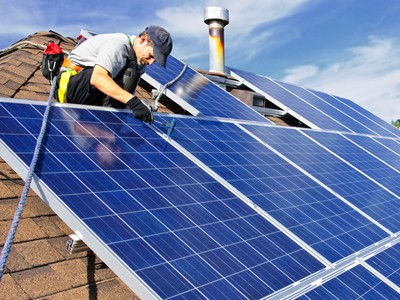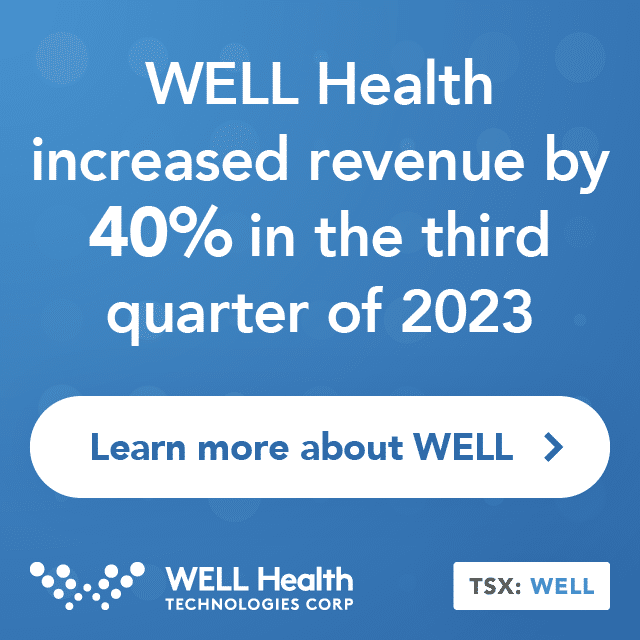
 A new report titled “Global Trends in Renewable Energy Investment 2016”, released by the Frankfurt School of Finance & Management, points to several firsts achieved in 2015, including a new high-water mark for global investment in renewables, at $285.9 billion U.S. ($379.6 billion Cdn.), which beats the previous high set in 2011, $278.5 billion U.S. ($369.5 billion Cdn.).
A new report titled “Global Trends in Renewable Energy Investment 2016”, released by the Frankfurt School of Finance & Management, points to several firsts achieved in 2015, including a new high-water mark for global investment in renewables, at $285.9 billion U.S. ($379.6 billion Cdn.), which beats the previous high set in 2011, $278.5 billion U.S. ($369.5 billion Cdn.).
Canada’s contribution to the total amount was $3.1 billion, down 49% from 2014 figures, which included the $324 million Meikle wind farm in British Columbia.
This is the 10th such annual report, a collaboration between the Frankfurt School-UNEP (United Nations Environment Programme) Collaborating Centre for Climate and Sustainable Energy Finance and Bloomberg New Energy Finance.
“Wind farms can be built in nine months or so, solar parks in three-to-six months, whereas coal and gas plants take several years, and nuclear even longer,” says the report. “So developing countries in a hurry for new capacity may opt for speed. And, while fossil fuel costs have been falling, renewables and especially solar have also been getting more competitive.”
Other firsts mentioned in the report include the fact that more renewables capacity came online in 2015 than fossil fuel generation, and that renewables investment in developing countries exceeded that made in developed countries for the first time ever, mainly lifted by a 17% increased investment in China.
Even so, renewables, broadly categorized as wind, solar, biofuel, biomass, small hydro, geothermal and marine energy, still makes up only 10% of the overall global energy mix, meaning we still have a long way to go to meet targets agreed to at the COP21 conference in Paris last year.
On the bright side, that new renewables capacity coming online had the effect of preventing the emission of approximately 1.5 gigatonnes of CO2 in 2015.
But carbon emissions need to be cut by 10 gigatonnes each year in order to limit warming to 2 degrees Celsius above pre-industrial levels.
Bloomberg New Energy Finance projects that emissions will increase for another decade, finally peaking in 2026, at which point emissions will be almost 15.3 gigatonnes, about 12.5%, or 1.7 gigatonnes, higher than in 2015.
Six of the top-10 countries making the largest investments in renewables fall into the “developing” category.
Several developed countries that had featured in the top-10 in previous years but have since dropped out include Canada, posting a total of $3.1 billion, down 49% from 2014 levels.
________________________________________________________________________________________________________________
This article is brought to you by Slyce (TSXV:SLC)
Take a picture of a product and Slyce will tell you where you can buy it. Click here to learn more.
________________________________________________________________________________________________________________
For Canadian renewable energy companies working internationally, however, these are busy times.
A 10MW PV park being developed in Japan by Guelph, Ontario’s Canadian Solar, Inc. (NASDAQ:CSIQ) was facilitated through bond sales arranged by Goldman Sachs.
Canadian Solar started commercial operation of three solar power plants in Japan, with its pipeline of projects in development totaling 582.2 MW by the end of January.
Japan leads the pack by far when it comes to small distributed power projects, or solar photo-voltaic projects with capacity less than 1MW, investing a total of more than $31.7 billion.
Japanese supermarket chain Trial has agreed to lease its rooftops to Canadian project developer Solar Power Network, which will then sell electricity generated back to local utilities under that country’s feed-in tariff (FiT) program.
In China, the company has started commercial operation of eight solar power plants and plans to add an additional 150 MWp to the grid in 2016.
In Q4 2015, Canadian Solar generated $1.12 billion in net revenue, beating analysts’ expectations of $1.04 billion, while the company’s net income improved significantly from the same period a year ago to $62.3 million, translating to earnings of $1.05 per share, 38% better than the $0.76 expected by analysts.
The report also mentions that while overall R&D spending was down in 2015 to below 2013 levels, several recent policy initiatives indicate reasons for optimism.
The United States renewed its Investment Tax Credit for solar and Production Tax Credit for wind through to 2020, and introduced a new Clean Power Plan designed to cut the country’s generating emissions by 32% by 2030, while Indian Prime Minister Narendra Modi committed to installing 100GW of solar by 2022.
At the COP21 conference, President Barack Obama launched Mission Innovation, an inter-governmental organization including Canada and 19 other countries, that commits member countries to double their clean energy R&D spending within five years.
“Governments, businesses and investors around the world are realising that the progression to low-emission, climate-resilient growth is inevitable, beneficial and already under way,” writes UN Secretary General Ban Ki-Moon in the report’s foreword. “For the low-carbon transformation of the global economy to succeed, governments will need to create a level playing field for clean energy investment through carbon pricing, removing fossil fuel subsidies and strengthening stable and predictable regulatory and investment environments.”
Leave a Reply
You must be logged in to post a comment.




 Share
Share Tweet
Tweet Share
Share




Comment